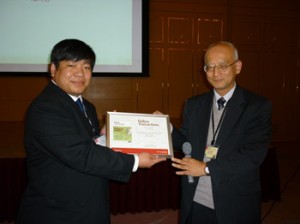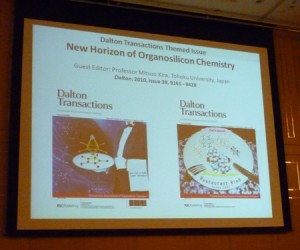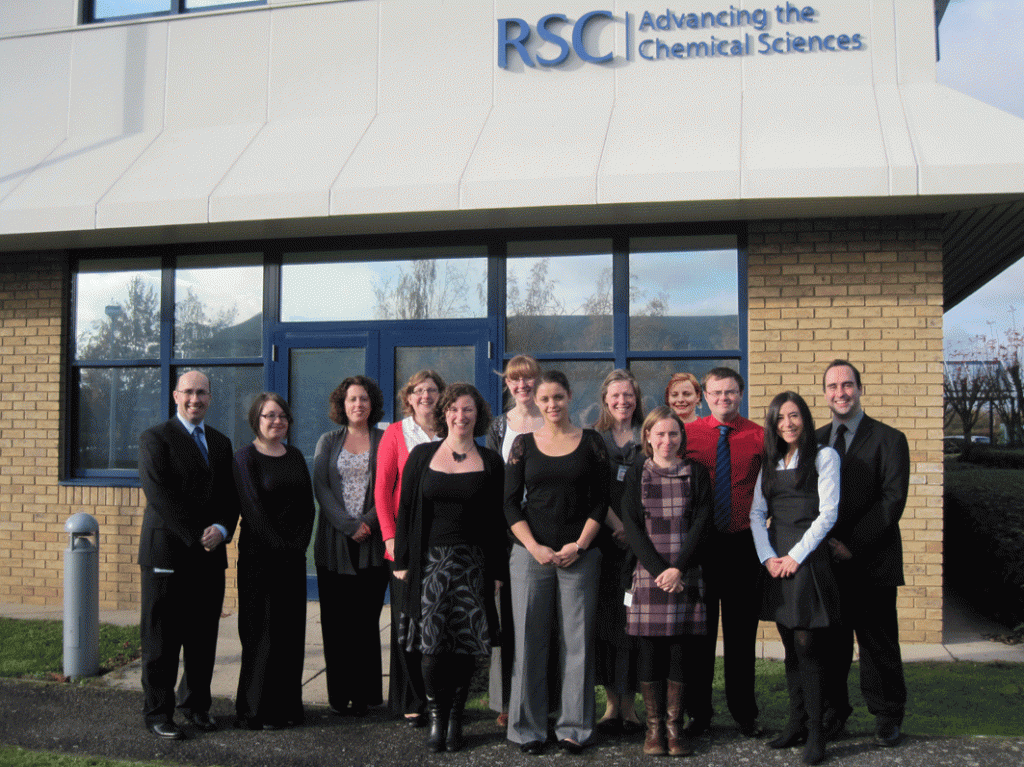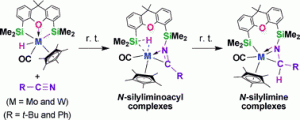 We are at Dalton Transactions Top 20 most cited articles* now with the penultimate installment of our Top 40 Anniversary Countdown! We have made articles 20-11 FREE for you to read until the end of January – check them out below. Did you miss the previous installments of the countdown – catch up: Articles 40-31 and Articles 30-21.
We are at Dalton Transactions Top 20 most cited articles* now with the penultimate installment of our Top 40 Anniversary Countdown! We have made articles 20-11 FREE for you to read until the end of January – check them out below. Did you miss the previous installments of the countdown – catch up: Articles 40-31 and Articles 30-21.
Also Christoph Janiak, Stuart Batten, George Chen and Keith Murray tell us more about their Top 40 papers and Dalton Transactions last 40 years in their blog comments- read their views. Or why not join in the discussion yourself by posting a comment on this blog post below? Do you remember reading or citing any of these articles – let us know!
20 Covalent radii revisited
Beatriz Cordero, Verónica Gómez, Ana E. Platero-Prats, Marc Revés, Jorge Echeverría, Eduard Cremades, Flavia Barragán and Santiago Alvarez
Dalton Trans., 2008, 2832-2838 DOI: 10.1039/B801115J, Paper
19 Metal-based antitumour drugs in the post genomic era
Paul J. Dyson and Gianni Sava
Dalton Trans., 2006, 1929-1933 DOI: 10.1039/B601840H, Frontier
18 Hydrothermal syntheses, structures and properties of terephthalate-bridged polymeric complexes with zig-zag chain and channel structures
Daofeng Sun, Rong Cao, Yucang Liang, Qian Shi, Weiping Su and Maochun Hong
J. Chem. Soc., Dalton Trans., 2001, 2335-2340 DOI: 10.1039/B102888J, Paper
17 Inorganic nanotubes
C. N. R. Rao and Manashi Nath
Dalton Trans., 2003, 1-24 DOI: 10.1039/B208990B, Perspective
16 Extended networks via hydrogen bond cross-linkages of [M(bipy)] (M = Zn2+ or Fe2+; bipy = 4,4′-bipyridyl) linear co-ordination polymers
Lucia Carlucci, Gianfranco Ciani, Davide M. Proserpio and Angelo Sironi
J. Chem. Soc., Dalton Trans., 1997, 1801-1804 DOI: 10.1039/A702146A, Paper
15 The bite angle makes the difference: a practical ligand parameter for diphosphine ligands
Peter Dierkes and Piet W. N. M. van Leeuwen
J. Chem. Soc., Dalton Trans., 1999, 1519-1530 DOI: 10.1039/A807799A, Paper
14 Hydrothermal synthesis and crystal structures of three-dimensional co-ordination frameworks constructed with mixed terephthalate (tp) and 4,4′-bipyridine (4,4′-bipy) ligands: [M(tp)(4,4′-bipy)] (M = CoII, CdII or ZnII)
Jun Tao, Ming-Liang Tong and Xiao-Ming Chen
J. Chem. Soc., Dalton Trans., 2000, 3669-3674 DOI: 10.1039/B005438K, Paper
13 Molecular architecture of cyclic nanostructures: use of co-ordination chemistry in the building of supermolecules with predefined geometric shapes
Bogdan Olenyuk, Andreas Fechtenkötter and Peter J. Stang
J. Chem. Soc., Dalton Trans., 1998, 1707-1728 DOI: 10.1039/A801057I, Paper
12 Alkane C–H activation and functionalization with homogeneous transition metal catalysts: a century of progress—a new millennium in prospect
Robert H. Crabtree
J. Chem. Soc., Dalton Trans., 2001, 2437-2450 DOI: 10.1039/B103147N, Perspective
11 Solvent extraction of strontium nitrate by a crown ether using room-temperature ionic liquids
Sheng Dai, Y. H. Ju and C. E. Barnes
J. Chem. Soc., Dalton Trans., 1999, 1201-1202 DOI: 10.1039/A809672D, Paper
Top 10 coming soon on the Dalton Transactions Blog! What will be at number one?
*Top cited articles according to ISI on the 17th November 2010 – please note ISI data includes articles published from 1993-2010 only.
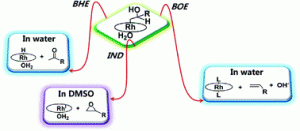











 A Zn2+-specific turn-on fluorescent probe for ratiometric sensing of pyrophosphate in both water and blood serum
A Zn2+-specific turn-on fluorescent probe for ratiometric sensing of pyrophosphate in both water and blood serum

